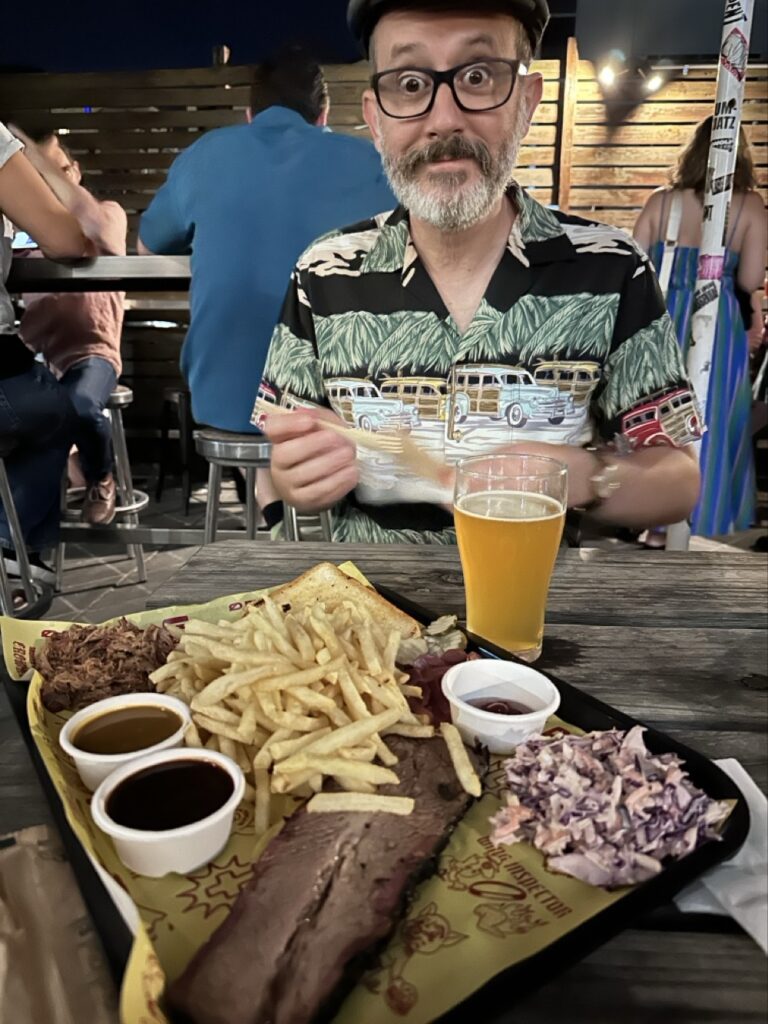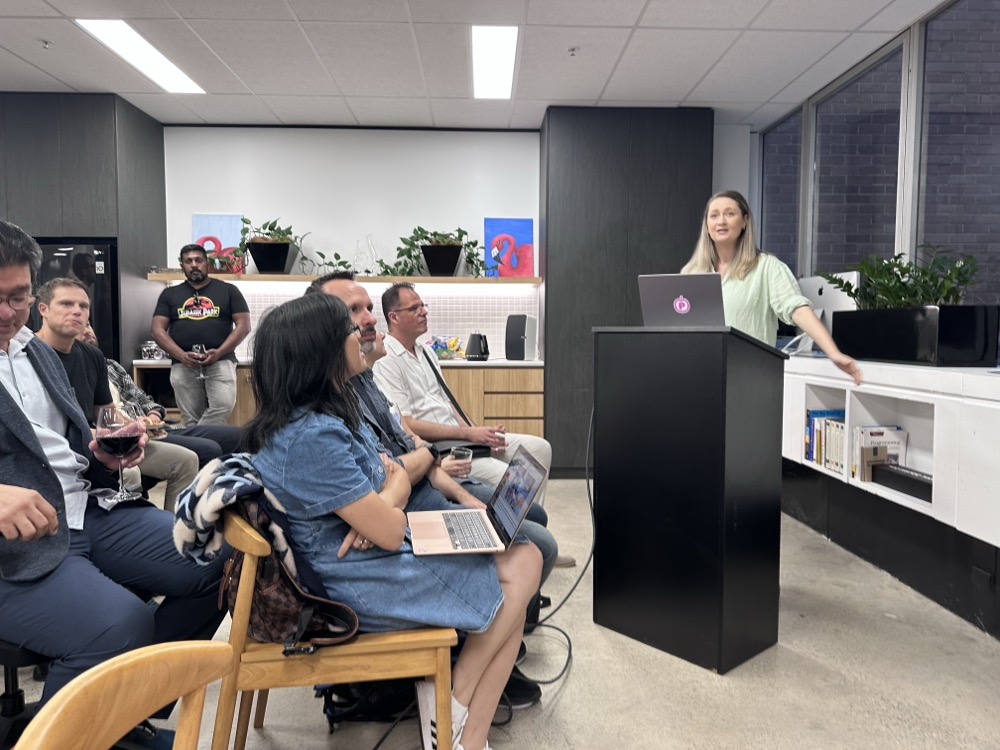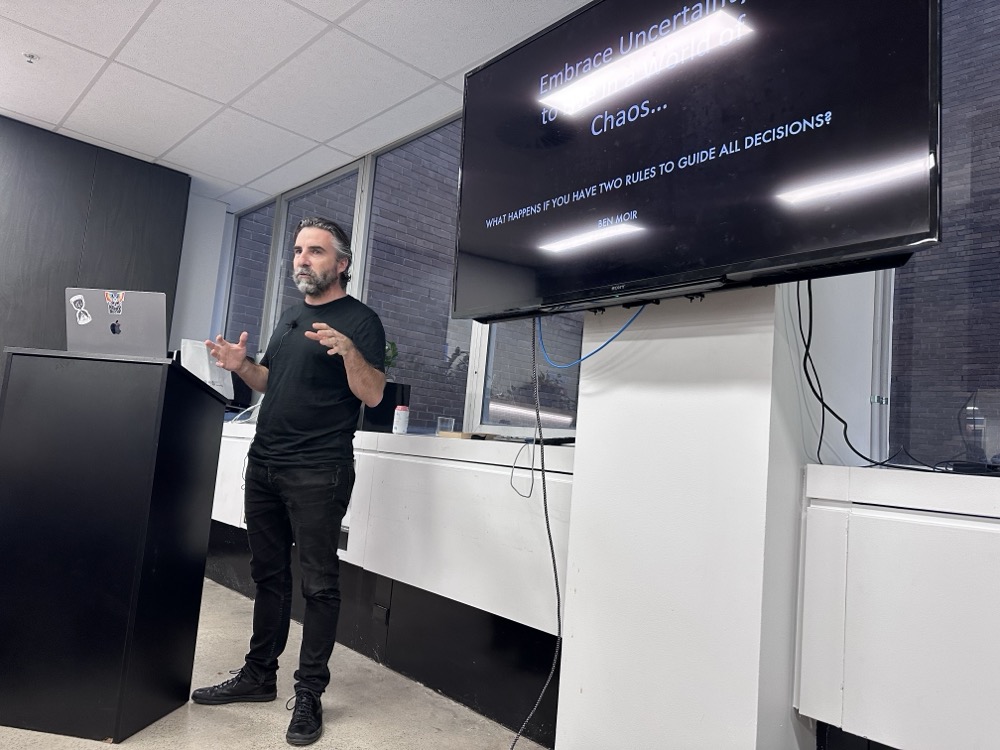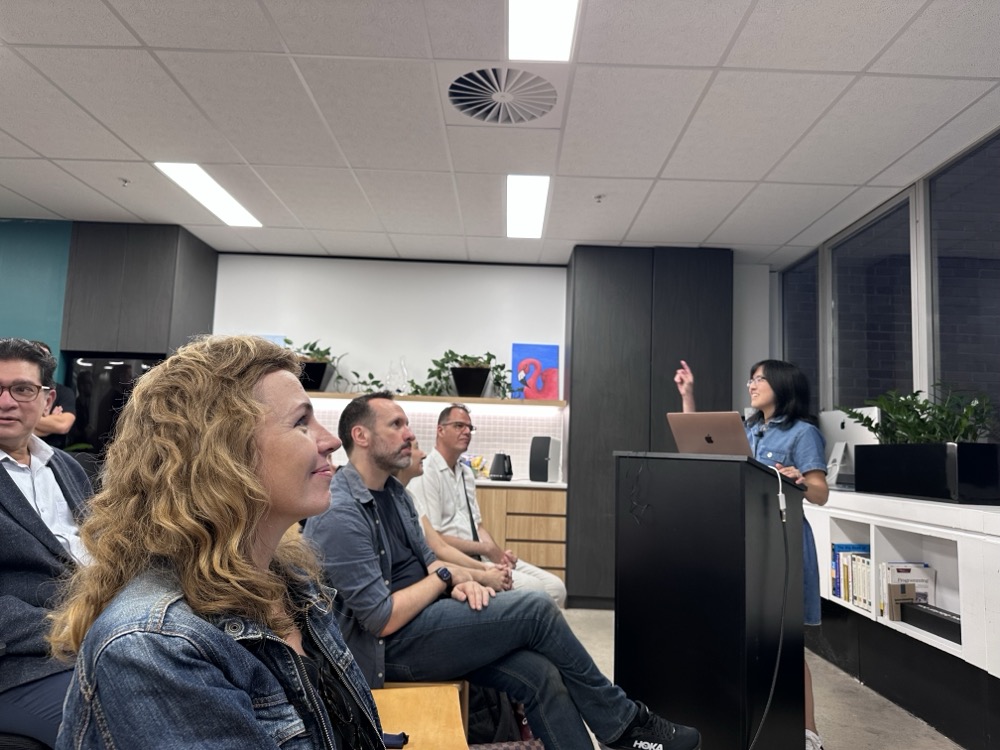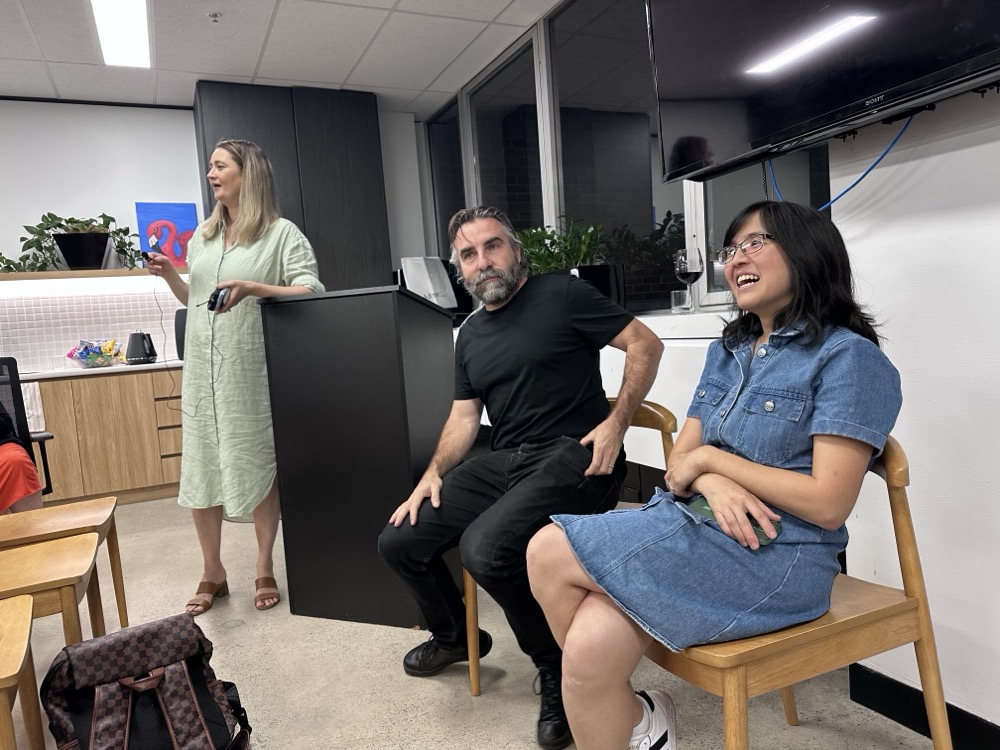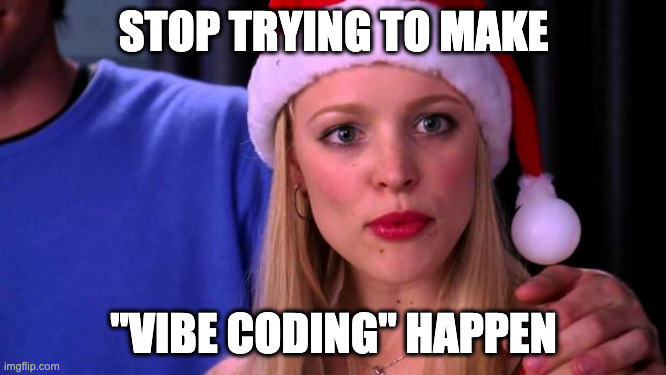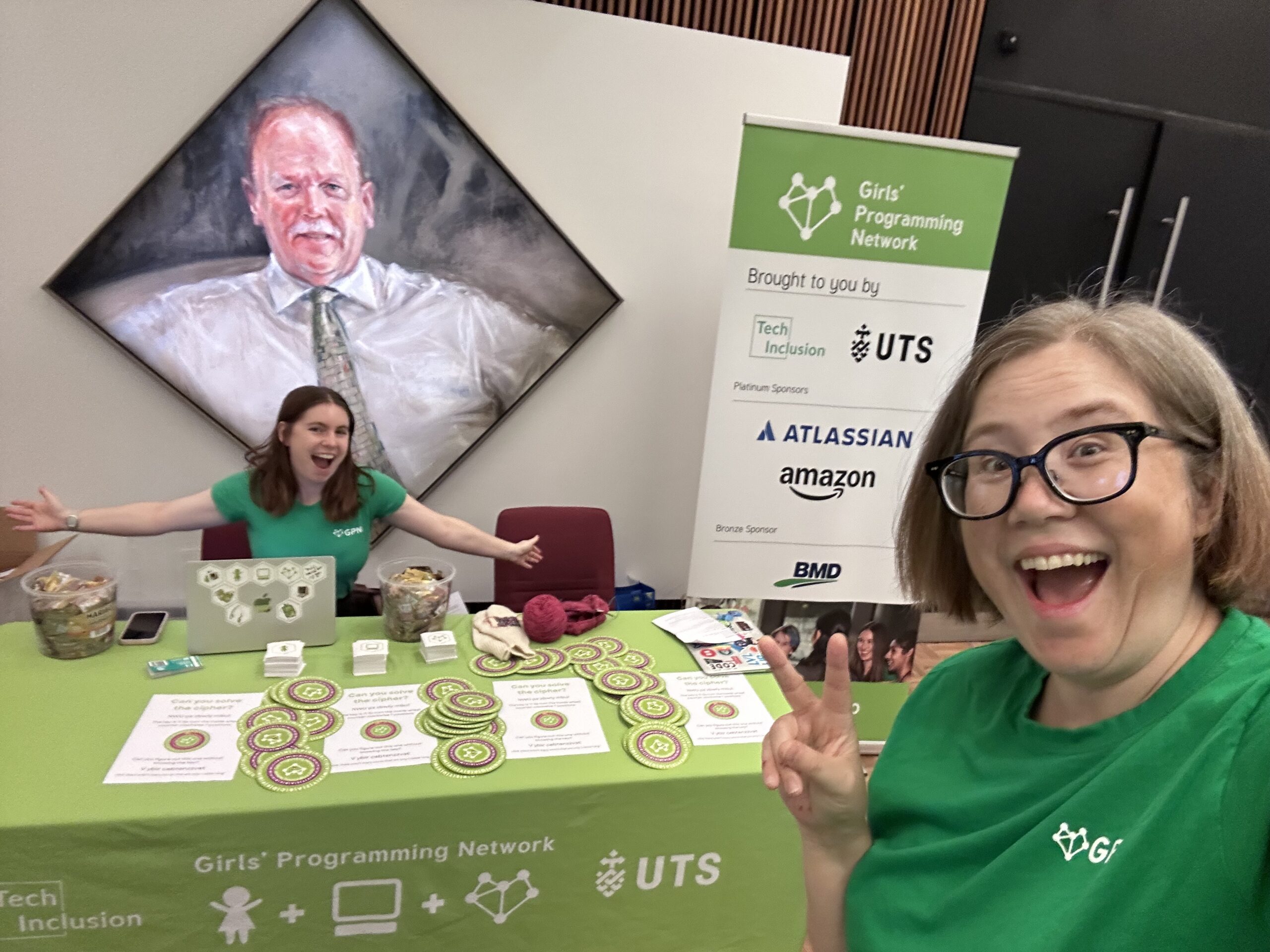I was cleaning up old blog posts today when I saw a mention of the widget I used to have (decades ago) that showed what I was listening to. “That would be fun to recreate,” I thought. How hard could it be?
Folks, I could find no way to easily embed my last played Apple Music song. The desktop app allows you to get iframe embed code for playlists, but there’s no playlist for your Recently Played. You can create a Smart Playlist of songs you’ve recently played, but this will only include songs in your library and not songs you’ve streamed. Also, you can’t embed a Smart Playlist anyway. There are no WordPress plugins that do this, and no third party apps that I could find. There is a Developer API for Apple Music, but to register as a developer you have to pay $99 a year. Yeah, no.
For a second I thought about switching back to Spotify. Double-plus no.
Then I remembered… scrobbling. That was a thing, right? Turns out it’s still a thing. But how to scrobble Apple Music? I mostly listen on my iPhone, and the consensus seems to be that Marvis Pro is the way to go. This app is basically a wrapper for Apple Music, but it has a massively customisable UI (the Redditors love it), it scrobbles to last.fm out of the box, and it’s only $15 AUD. I figured it was worth a shot. Installed the app, signed up for last.fm, and verified that scrobbling was happening. Now to hook it up to WordPress…
This post from RxBrad has a handy Javascript snippet that can be used in a WordPress Custom HTML widget. Too easy! I signed up for an API key and set up the script… but it wouldn’t work. In the Block Editor preview it would show the album, but when I published the widget, it would just show a broken image on the site. I noticed in the console that there were some errors about the ampersands, and I could see that WordPress was actually converting them to HTML entities. I banged my head on a wall for 10 minutes until the Snook woke up from his nap and I patiently explained the problem. Less than 2 minutes later he had solved it. Oh right! We used to always put HTML comment tags around our Javascript, back in the day. (Insert “Do not cite the Deep Magic to me, Witch” meme.) Once I added those, everything just worked!
So yeah, there it is over in the sidebar on the homepage.
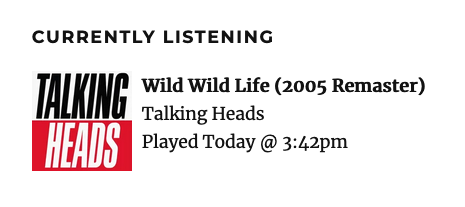
Limitations:
- Marvis Pro only scrobbles while the app is open. So if my iPhone screen goes to sleep, it won’t sync again until I wake it up. It does sync the whole history then, but it does mean the sidebar isn’t really necessarily “live.” Do I care? Not at this point. If I do, I can apparently pay $10 to unlock background scrobbling via last.fm Pro.
- Marvis Pro doesn’t have a desktop app. If I want to scrobble from my Mac Mini, I’ll need to setup the last.fm desktop app. Can’t be arsed right now, but it’s an option.



